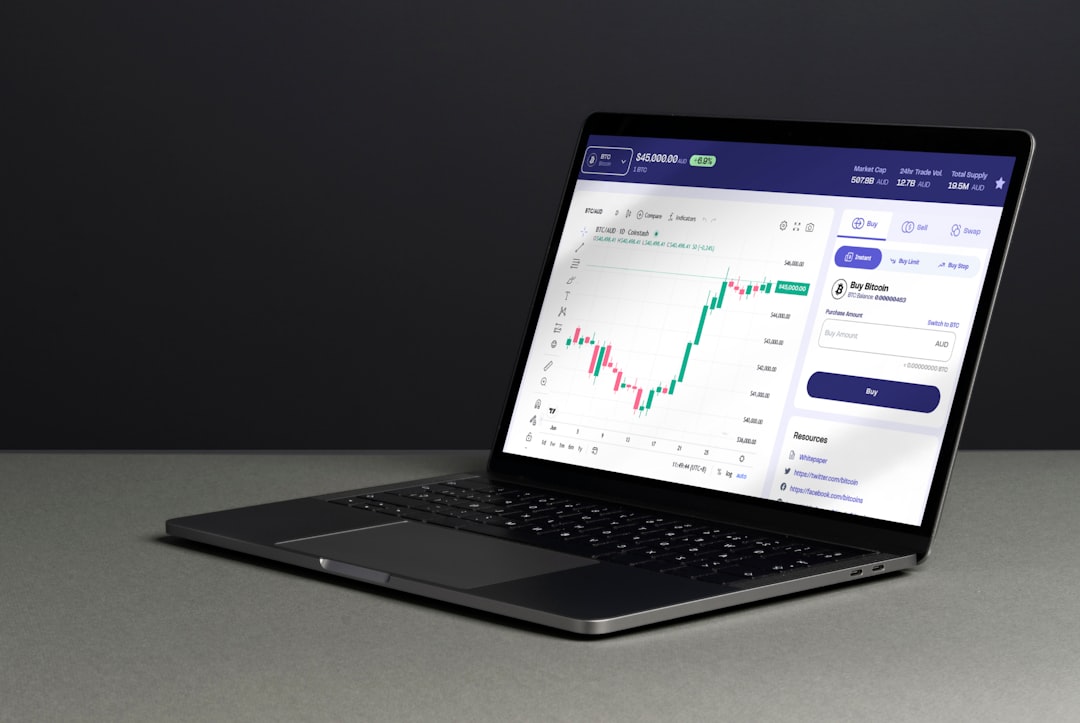Have you ever felt like investing is only for the wealthy, or that you need thousands of dollars just to get started? I certainly have! The good news is, that couldn’t be further from the truth, especially when it comes to Exchange-Traded Funds (ETFs). Imagine building a diversified portfolio and growing your wealth steadily, all by committing just $100 a month. It sounds almost too good to be true, right? But it’s a powerful and accessible strategy that many people overlook. This guide will show you exactly how to harness the power of long-term ETF investing, starting with a budget-friendly $100 a month, and why 2025 is a great time to begin. Let’s dive in! 😊
Understanding ETFs: Your Gateway to Diversified Investing 🤔
Before we talk about strategies, let’s quickly clarify what an ETF is. An Exchange-Traded Fund (ETF) is a type of investment fund that holds multiple underlying assets, such as stocks, bonds, or commodities. Think of it like a basket containing many different investments. When you buy a share of an ETF, you’re essentially buying a tiny piece of that entire basket. This offers instant diversification, spreading your risk across numerous securities, which is a huge advantage, especially for new investors.
Unlike traditional mutual funds, ETFs trade on stock exchanges throughout the day, just like individual stocks. This flexibility, combined with generally lower expense ratios, makes them an incredibly appealing option for long-term wealth building.
Many brokerages now offer commission-free trading for ETFs, further reducing costs and making regular, small investments even more feasible. This is a significant development that benefits investors looking to start with smaller amounts.
The Power of Dollar-Cost Averaging with $100 Monthly 📊
Investing a fixed amount regularly, regardless of market fluctuations, is known as Dollar-Cost Averaging (DCA). This strategy is particularly effective when you’re investing a consistent sum like $100 each month. DCA helps reduce the impact of market volatility because you buy more shares when prices are low and fewer when prices are high, potentially lowering your average cost per share over time.
In 2025, with ongoing market evolution and emerging ETF trends, DCA remains a smart strategy for new investors. It removes the emotional component of trying to “time the market,” which is notoriously difficult even for seasoned professionals. By automating your investments, you build discipline and stay committed to your long-term financial plan.
Why DCA is Perfect for Your $100 Monthly Investment
| Benefit | Explanation | Impact for $100/Month |
|---|---|---|
| Reduces Volatility Risk | Spreads purchases over time, avoiding investing a large sum at a market peak. | Minimizes the risk of a single “bad” investment timing. |
| Encourages Discipline | Automates regular investments, fostering consistent saving habits. | Makes investing a habit, not a chore, even with small amounts. |
| Lowers Average Cost | Buys more shares when prices are low, fewer when high. | Potentially leads to better returns over the long run. |
| Simplifies Investing | Removes the need for complex market analysis or timing. | Perfect for beginners and those with limited time. |
While DCA helps manage risk, it doesn’t guarantee profits or eliminate the possibility of losses. The value of your investments can still go down. It’s a strategy for managing risk over time, not eliminating it.
Key Checkpoints: Remember These Essentials! 📌
You’ve come this far! With all the information, it’s easy to forget the most crucial points. Let’s quickly recap the three key takeaways you absolutely need to remember.
-
✅
Start Small, Start Now:
You don’t need a large sum to begin investing. A consistent $100 per month in ETFs can lead to significant wealth over the long term. -
✅
Embrace Dollar-Cost Averaging:
Automate your $100 monthly investments to reduce market timing risk and build disciplined habits. -
✅
Diversify with Broad Market ETFs:
For beginners, ETFs tracking broad market indexes like the S&P 500 or total stock market are excellent choices due to their diversification and lower risk.
Choosing the Right ETFs for Your $100 Investment 👩💼👨💻
With thousands of ETFs available, selecting the right ones can feel overwhelming. For a $100 monthly investment, especially for long-term growth, focus on broad market index ETFs. These funds offer instant diversification across hundreds or even thousands of companies, typically with very low expense ratios.
As of October 2025, popular choices for beginners and long-term investors include ETFs that track major indexes like the S&P 500 (e.g., VOO, IVV) or the total U.S. stock market (e.g., VTI). These funds provide exposure to some of the largest and most resilient companies, aiming for long-term returns.
When choosing an ETF, always check its expense ratio. This is the annual fee you pay as a percentage of your investment. Lower expense ratios (e.g., below 0.5% or even 0.1%) mean more of your money stays invested and grows.
Practical Steps to Start Your $100 Monthly ETF Journey 📚
Ready to turn your $100 into a powerful investment tool? Here’s how you can get started:
Step-by-Step Guide
- 1. Open a Brokerage Account: You’ll need an investment account to buy ETFs. Many online brokers offer accounts with no minimums, commission-free ETF trading, and fractional share investing, which is perfect for small amounts. Popular options in 2025 include Robinhood, Webull, Charles Schwab, Fidelity, and SoFi Invest.
- 2. Fund Your Account: Link your bank account and set up an automatic transfer of $100 each month. This is crucial for consistent dollar-cost averaging.
- 3. Choose Your ETF(s): Start with a broad market ETF like a Vanguard S&P 500 ETF (VOO) or a total stock market ETF (VTI). These are often recommended for their low cost and diversification.
- 4. Set Up Recurring Investments: Most brokers allow you to schedule automatic monthly purchases of your chosen ETF. This ensures you stick to your DCA strategy without manual effort.
- 5. Monitor (Occasionally): While long-term investing means less frequent checking, it’s still good to review your portfolio’s performance once or twice a year. Remember, “time in the market, not timing the market” is key.

Potential Growth Example
Let’s consider a hypothetical scenario based on historical market averages (around 10% annual return for the S&P 500):
– Investing $100 per month for 25 years at an average annual return of 10% could potentially grow your investment to approximately $133,000.
– Some growth-focused ETFs have historically delivered even higher returns. For instance, a growth ETF with a 16.65% average annual return could turn $100 per month into around $332,000 after 25 years.
These figures are illustrative and past performance doesn’t guarantee future results, but they highlight the significant potential of consistent, long-term investing, even with modest monthly contributions. The key is consistency and patience!
Wrapping Up: Your Path to Financial Empowerment 📝
Starting your long-term investment journey with just $100 a month in ETFs is not only possible but highly recommended for anyone looking to build wealth steadily. By understanding what ETFs are, embracing dollar-cost averaging, and choosing diversified, low-cost funds, you’re setting yourself up for financial success. The market in 2025 continues to offer robust growth opportunities, with active ETFs and digital asset ETPs gaining traction, but broad market ETFs remain a solid foundation for beginners.
Don’t let the idea of needing a lot of money stop you from investing. Take that first step, set up your automatic contributions, and watch your money work for you over time. Your future self will thank you! If you have any questions or want to share your own micro-investing journey, drop a comment below! 😊
Your $100/Month ETF Investment Snapshot
Frequently Asked Questions ❓
